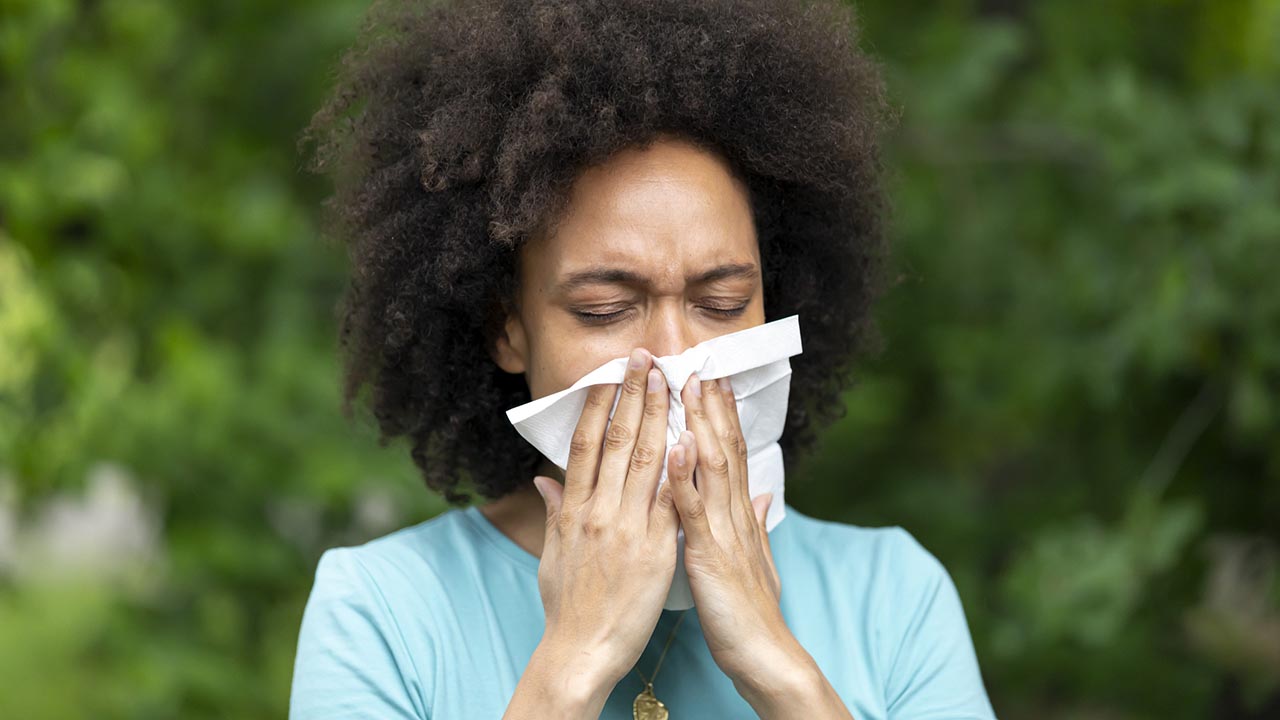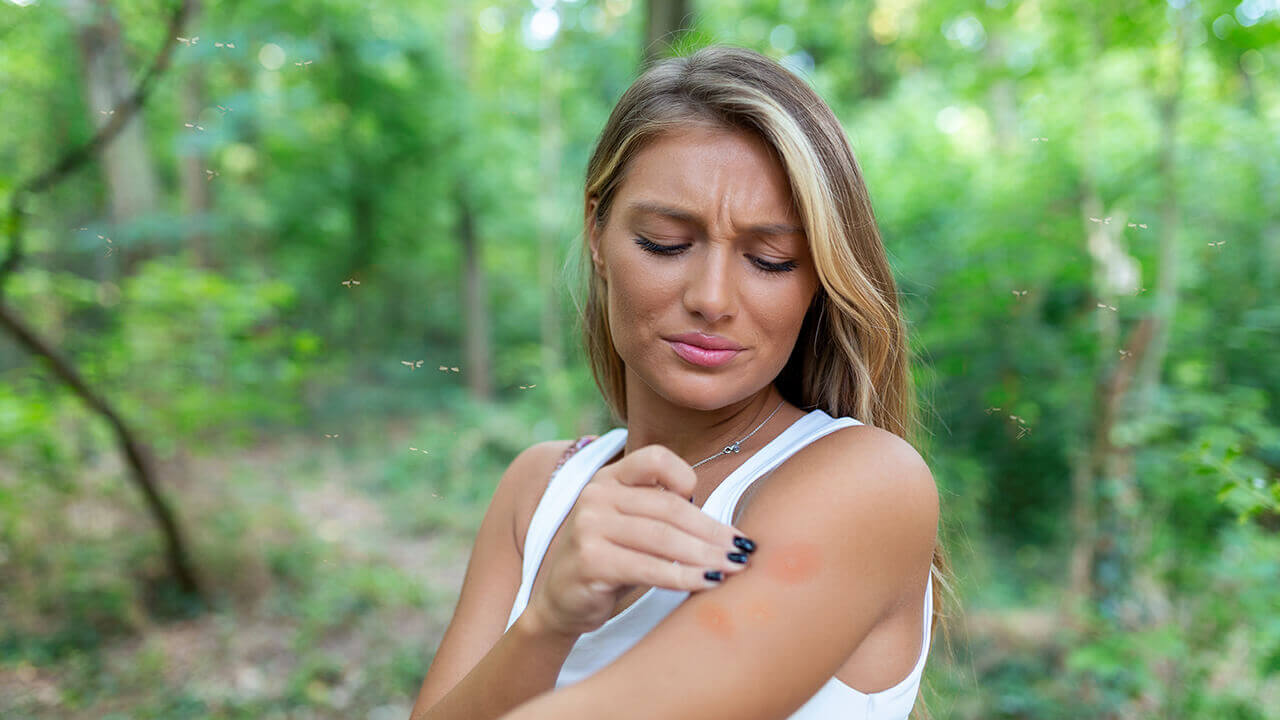Many people's allergy and asthma symptoms are triggered by pollen. The types of pollens that trigger symptoms vary from person to person and region to region. Pollen is produced by most trees in the spring; grasses during late spring and summer; and ragweed and other late-producing plants in late summer and early fall. Learn more about what you can do to combat your allergies.
Whether or not you develop hay fever or asthma symptoms depends greatly on the amount of pollen in the air. On hot, dry, windy days, a significant amount of pollen is usually in the air. However, on cool, damp, dry days, there is less because it’s washed to the ground.
When pollen levels are high, close your windows and doors, and stay inside, preferably in air conditioning. Stay indoors in the morning and venture out in the afternoon or after it has rained. Pollen counts are the highest between 5 and 10 a.m.
Here are some other tips:
Whether or not you develop hay fever or asthma symptoms depends greatly on the amount of pollen in the air. On hot, dry, windy days, a significant amount of pollen is usually in the air. However, on cool, damp, dry days, there is less because it’s washed to the ground.
When pollen levels are high, close your windows and doors, and stay inside, preferably in air conditioning. Stay indoors in the morning and venture out in the afternoon or after it has rained. Pollen counts are the highest between 5 and 10 a.m.
Here are some other tips:
- Do not dry your clothes on a clothesline, as the pollen in the air will stick to them.
- If you have asthma, avoid cutting grass or wear a mask.
- If you are outdoors during the day, shower at night and change your clothes.
- If you are bothered by hay fever or asthma, keep your grass cut short or replace it with a ground cover, such as Irish moss, bunch grass or dichondra. These options do not produce a significant amount of pollen.
- If you are purchasing trees for your yard, choose a crape myrtle, dogwood, fig, fir, palm, pear, plum, redbud or redwood. Female cultivars of ash, box elder, cottonwood, maple, palm, poplar and willow trees are also good options.



